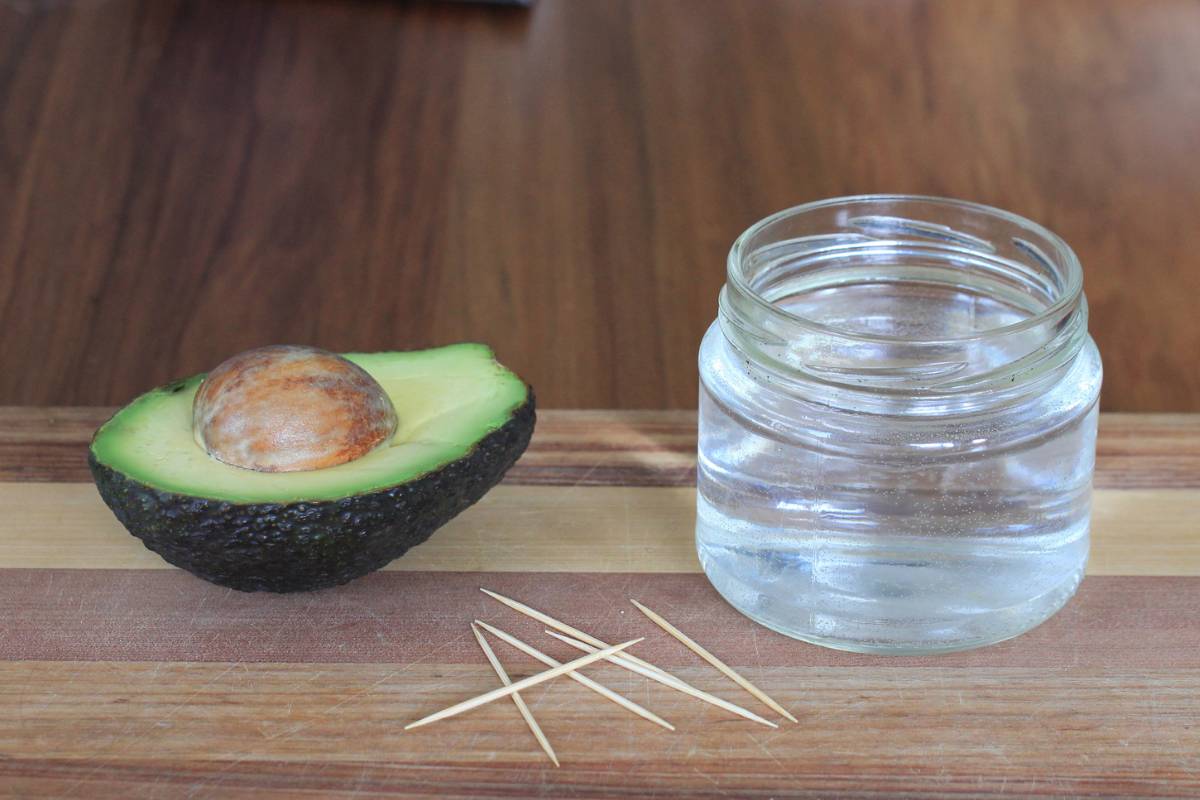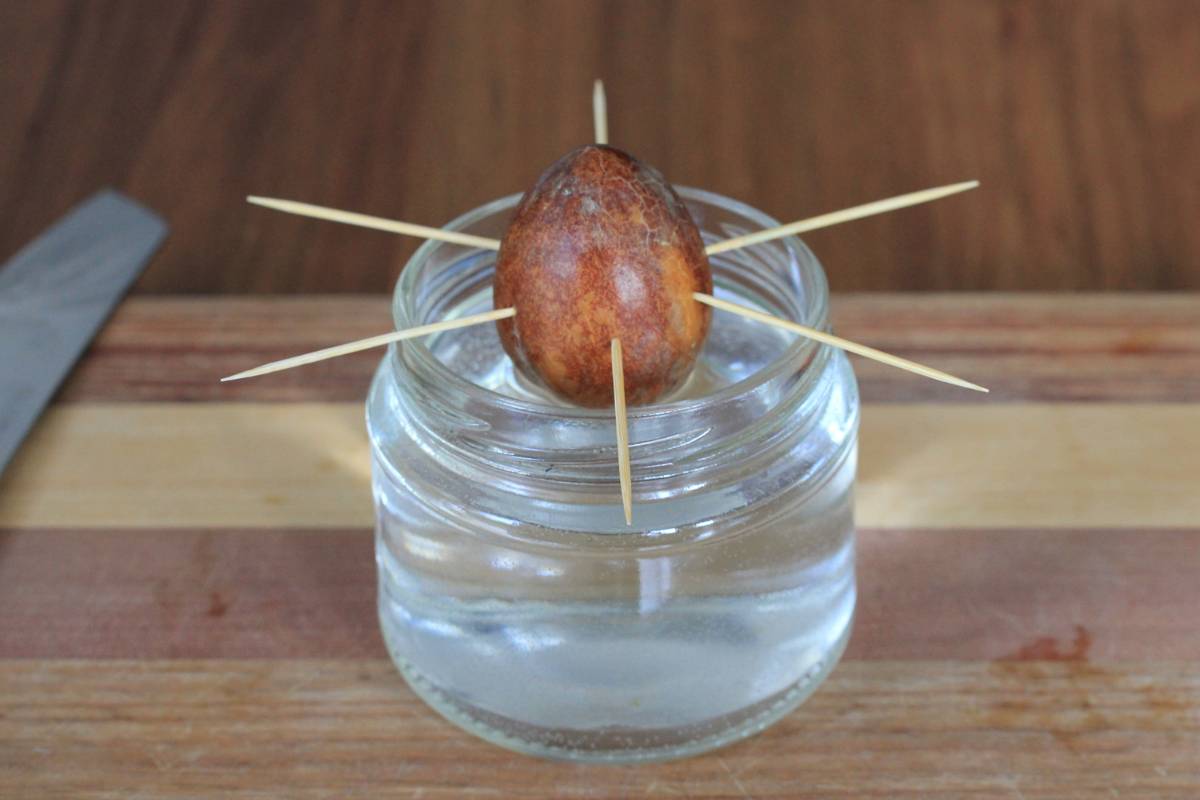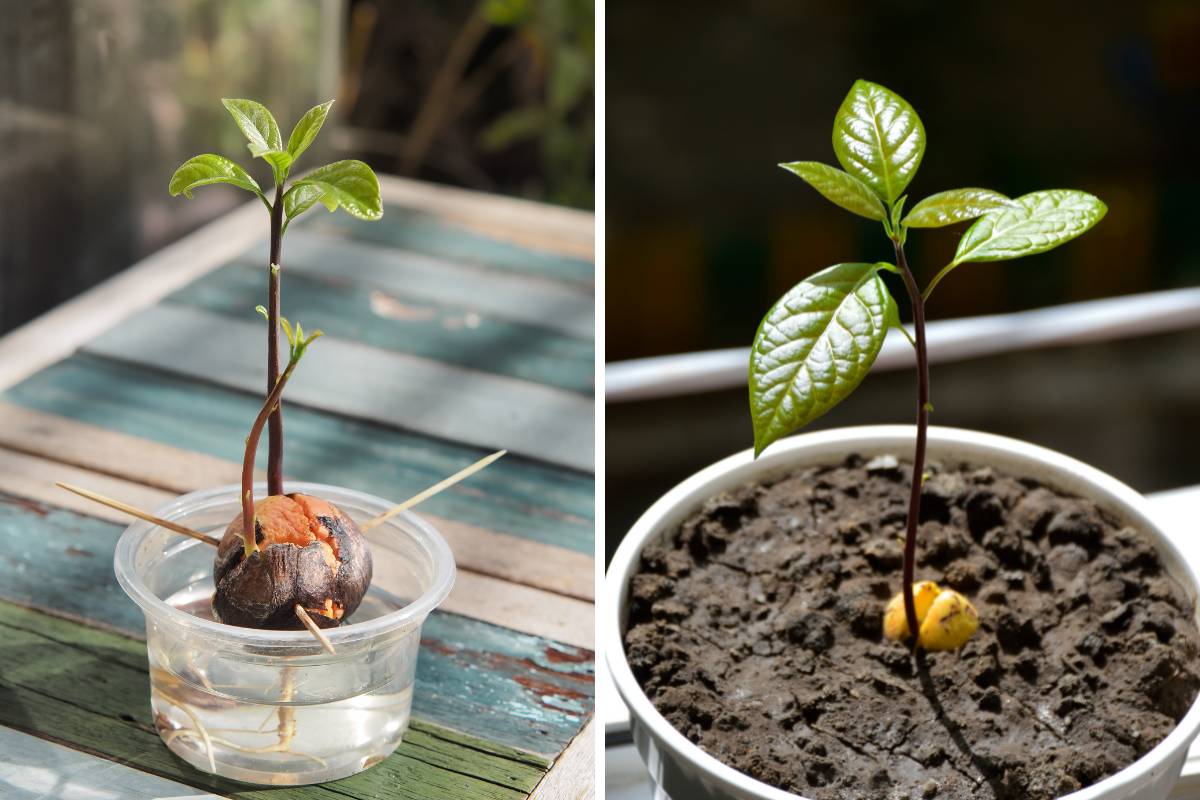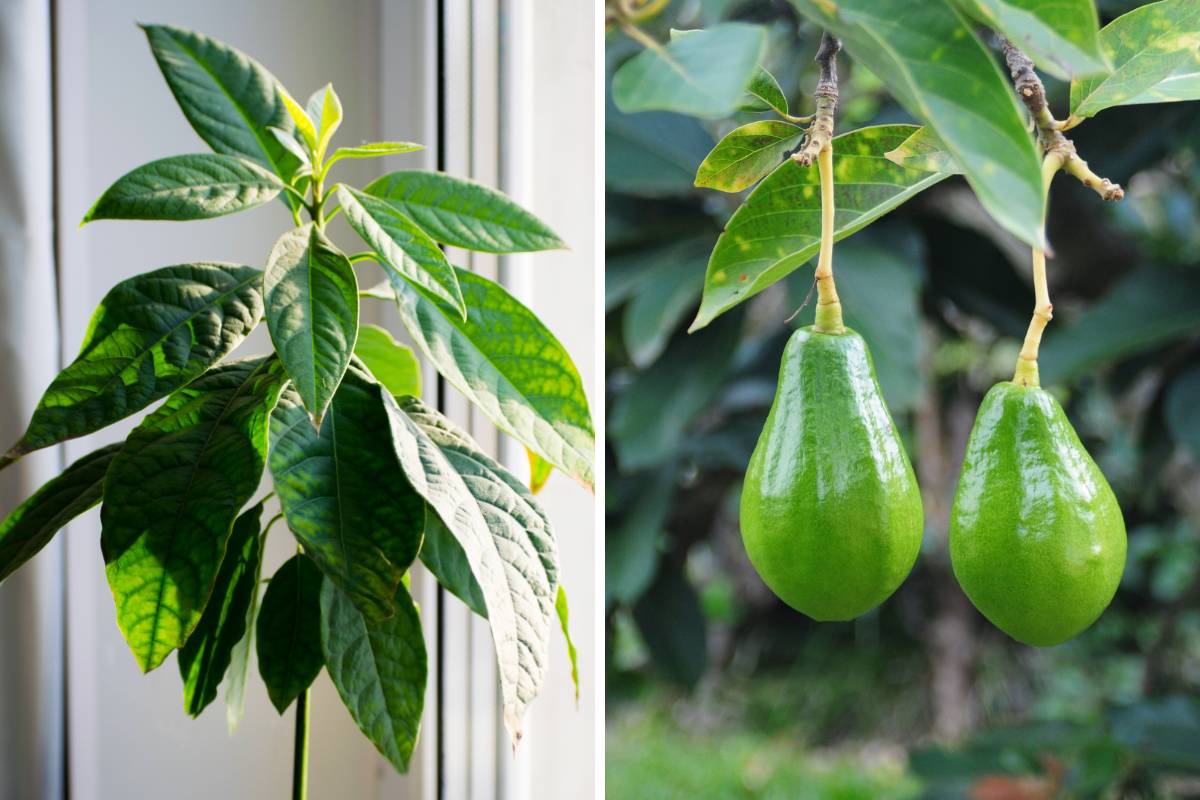Smashed avo, guacamole and summer salads - avocados have become a staple in many households, and for good reason. They’re versatile, healthy, and seemingly universally appealing.
Luckily, avocados are easy to grow from a seed that you’d otherwise throw away, and growing one is a simple and satisfying activity that can be done on a kitchen bench. In this guide, we'll take you through the step-by-step process of growing avocados from seed.
Pros and Cons of Growing Avocados from Seed
Avocado trees are amongst the more expensive fruit trees to buy, whereas growing one from seed is an easy and economical way to get a productive plant from something you’d otherwise throw in the compost. Not only that, but it’s also a fantastic way to teach kids about plant life cycles, as avocado seeds and sprouts are large and easy to observe.
Growing from seed is not without some drawbacks, however. Most avocado plants available in nurseries are grafted. This ensures that the fruit produced is identical to the parent plants’, with smooth flavourful flesh. There’s a chance that seed-grown avocados could produce unpalatable, stringy fruit. While grafted trees fruit in two or three years, seed grown trees can take five years or more to produce, so there’s quite a wait involved to find out if the fruit is any good to eat.
How to Grow an Avocado from a Seed
Materials:
- an avocado
- toothpicks
- a glass or jar
Method:
- Carefully remove the avocado seed from the fruit (you can eat the rest of the avocado).
- Rinse the seed under tap water and gently wipe away any remaining avocado flesh. Do not remove the thin brown layer of skin covering the seed, as it's essential for the germination process.
- Take four or five toothpicks and insert them into the seed at equal intervals, about halfway down its length. These toothpicks will act as ‘legs’ to suspend the seed in water.
- Place the seed, pointed end up, over the mouth of a glass or jar. The toothpicks should rest on the rim of the glass, allowing the bottom half of the seed to be submerged in water.
- Fill the glass or jar with water until the bottom third to half of the seed is submerged.
- Place the glass or jar in a brightly lit spot, such as on a windowsill.
- Check the water level in the jar regularly and add more as needed to keep the seed submerged.
It can take two to eight weeks for the avocado seed to sprout. You will see the top of the seed dry out and a crack forming from the top of the seed to the bottom. Then the first root, and eventually the shoot, will emerge.
Once the stem of the seedling is about 15cm high, it's time to transplant it into a small pot with potting mix. Take the seedling out of the jar and gently remove the toothpicks. Taking care not to damage any of the roots, plant the avocado seedling with the top half of the seed exposed above the soil's surface.
Place the potted avocado plant in a sunny location and water it regularly to keep the soil consistently moist. As the plant grows, you may need to transplant it into a larger pot or the garden to accommodate its expanding root system.
Growing an avocado tree from seed is a long-term project. It takes several years for trees to produce fruit, so patience is key. In the meantime, avocado trees make good houseplants, or they can be planted in the garden as a background or screening tree.
Growing avocados from seed is not only a fun and educational activity for kids but also a sustainable way to enjoy your favourite fruit right from your own backyard. And its not just a kids’ activity: seeing the large seed split and sprout is satifying for people of any age. Happy gardening!









